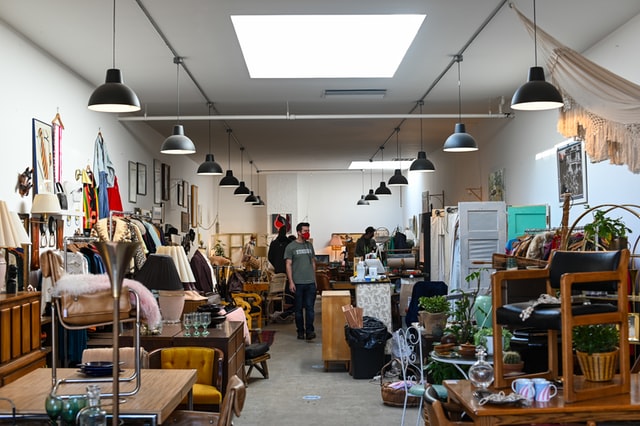by Terry Gross
December 4, 2019
on NPR.org
Author Adam Minter remembers two periods of grief after his mother died in 2015: the intense sadness of her death, followed by the challenge of sorting through what he calls “the material legacy of her life.”
Over the course of a year, Minter and his sister worked through their mother’s possessions until only her beloved china was left. Neither one of them wanted to take the china — but neither could bear to throw it out. Instead, they decided to donate it.
Waiting in the donation line at Goodwill, Minter began wondering what would happen to the dishes: “It occurred to me this is a very interesting subject,” he says. “Nobody really knew what happened beyond the donation door at Goodwill.”
Minter had spent nearly two decades reporting on the waste and recycling industries. Now he began looking into the market for secondhand goods, both domestically and in Africa and Asia.
“Your average thrift store in the United States only sells about one-third of the stuff that ends up on its shelves,” he says. “The rest of the stuff ends up somewhere else.”
Minter visited Goodwill donation centers in the U.S. and watched as employees engaged in a sophisticated sorting and pricing system. He noted that while designer clothes might be set aside as “boutique” items, other products — including heavy wooden furniture and outdated exercise equipment — were often destined for the dump.
Read the rest on NPR.org.

